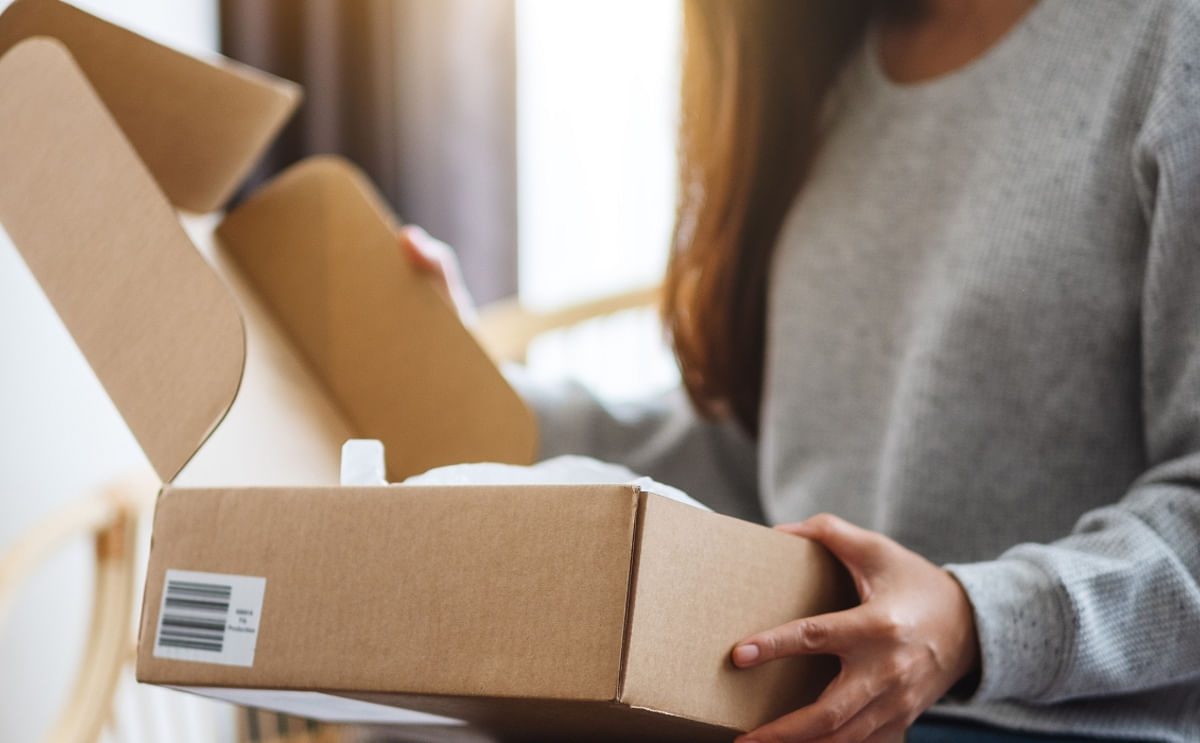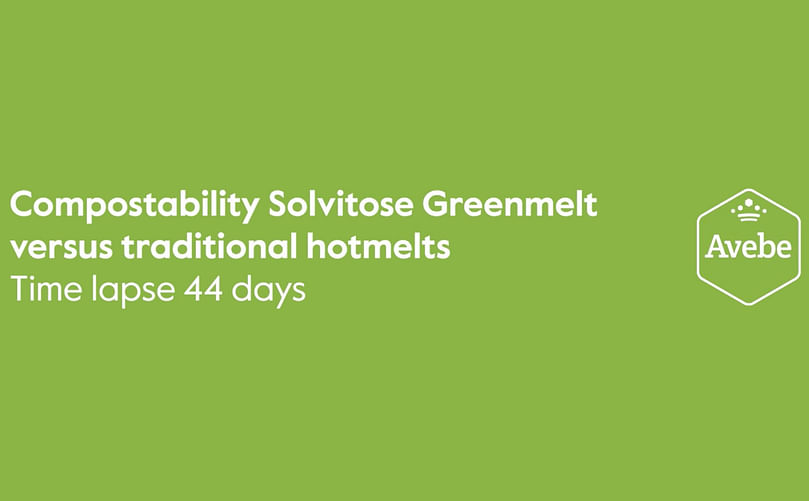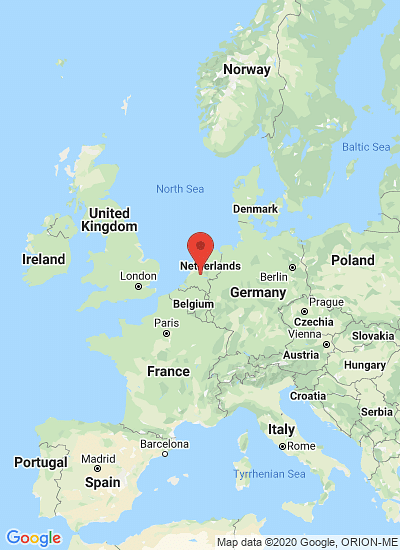The future of sustainable packaging
主标签
The future of sustainable packaging

Whether you are the sustainability manager at your company, or you’re about to forward this article to them, reducing the environmental impact of your product should be everybody’s goal. It’s inevitable. Is it you or your competition that is going to lead the way?
Some companies have their missions of social responsibility baked into their brand. Let’s take a look at Patagonia. With a familiar image that is directly related to nature, the outdoors, and the environment, it only goes to show that they should, and do, use a majority of recycled and organic materials.
However, they still ship their garments in plastic bags, much to the chagrin of their outdoor loving customers. As outlined in one of their refreshingly forthcoming articles, they analyzed the options and ability to reduce the use of polybags when shipping garments to customers. The results were mixed.
The clothing, without a bag, was often damaged, thereby actually creating more waste as the items were now unsellable. Paper mailers for shipping containers "suffered considerable damage… Damage included separated seams and tearing, and mailing labels peeled off several orders."
Their solution is still in progress. They continue to use the polybags at the factory level but have reduced their size. They’ve also started sourcing recycled polybags in their distribution centers, as well as educating their customers on recycling.
Then there is prAna, a brand which describes itself as "clothing for a positive change." They have seemingly succeeded in using a "roll-pack" method for shipping, or when that fails, a FSC paper bag. They figured out something Patagonia hasn’t, and Patagonia openly admits that they want to learn more from prAna.
What will be your contribution towards helping save the planet? What do you think the future will hold? So, do you want to lead the way, or chase after those who already made their mark?
Increasing the sustainability of your packaging
At Royal Avebe, they’re all about potato starch. They extract everything they can from the potato and put it to good use, and have been doing so for over 100 years.
One of the many great benefits from using potatoes is that it can result in a product that is 100% natural. They now have a 100% natural solution that they can offer towards packaging.
But before we get there, let’s take a look at the big picture and at the word sustainable.
The Sustainable Packaging Coalition breaks down the criteria as follows:
- Beneficial, safe, and healthy for individuals and communities through the packaging’s life cycle.
- Meets market criteria for performance and cost
- Is sourced, manufactured, transported, and recycled using renewable energy
- Optimizes the use of renewable or recycled source materials
- Is manufactured using clean production technologies and best practices
- Is made from materials healthy throughout the life cycle
- Is physically designed to optimize materials and energy
- Is effectively recovered and used in biological and/or industrial closed loop cycles.
Tall order? Doesn’t have to be. If you think Patagonia and prAna are catering to a niche customer base, you would be mistaken. The majority of customers want sustainability, and they are even willing to pay for it.
- 83% of consumers among younger generations showed a willingness to pay more for sustainable packaging.
- 54% of consumers say the sustainability of the packaging is a factor in their product selection process.
- 52% of consumers look for information on the recyclability or sustainability of the packaging of the products they buy.
- 57% of consumers are less likely to buy products with packaging that is harmful to the environment.
The research shows that sustainable packaging is a priority for retailers, packaged goods companies and consumers.
What can you do?
Okay, so hopefully we’ve convinced you. The future of packaging solutions should be sustainable. You can reduce the amount of material used, like prAna did and inspired Patagonia to do, and you can follow the many criteria as defined by the bullet points above, but what is one element that should definitely not be overlooked?
The materials and in this case, it’s the adhesive. If the packaging is to be 100% biodegradable, the adhesive should too.
Back to their favorite tuber, the potato. Avebe’s Solvitose Greenmelt is an environmentally friendly, fast setting flexible adhesive and the suitable replacement for hot melts, allowing you to make your packaging fully sustainable.
Solvitose Greenmelt is a very fast setting starch based adhesive which exceeds the setting times of synthetic copolymers adhesive. It is not a hot melt, but it can replace them.
With Avebe’s Greenmelt, it is possible to contribute towards 100% biodegradable packaging. What’s even better is that you don’t have to compromise: it’s a fast setting food grade starch based adhesive that reduces energy use, making it a perfect choice for food manufacturers as well as other industries.
If you’re producing a vegan, healthy, green-label pasta, you then also want to claim the most sustainable packaging possible. Clean up your packaging. Contact a Royal Avebe expert to find out how you can contribute to a 100% compostable, biodegradable packaging. You can’t see the difference, but the future does.







